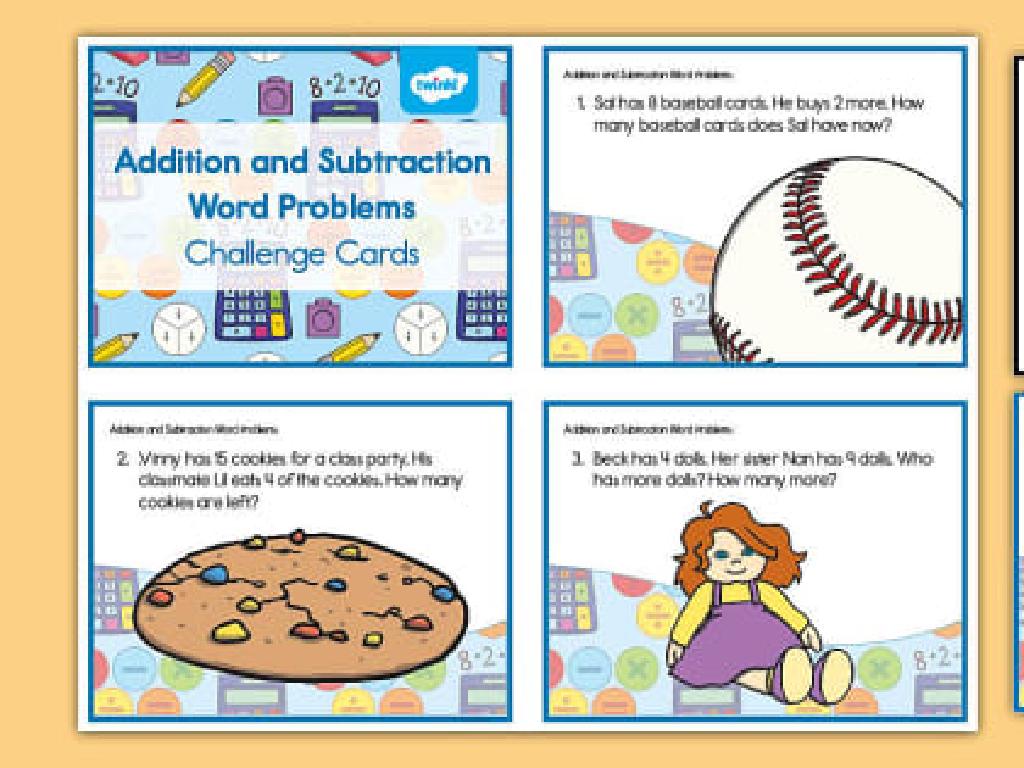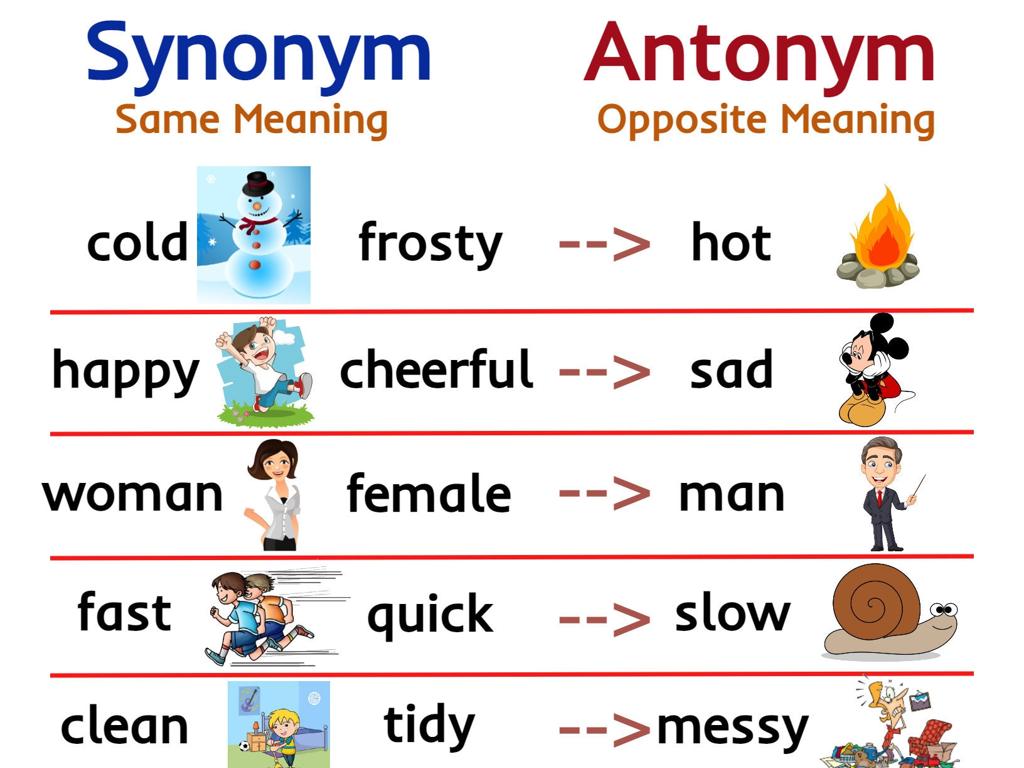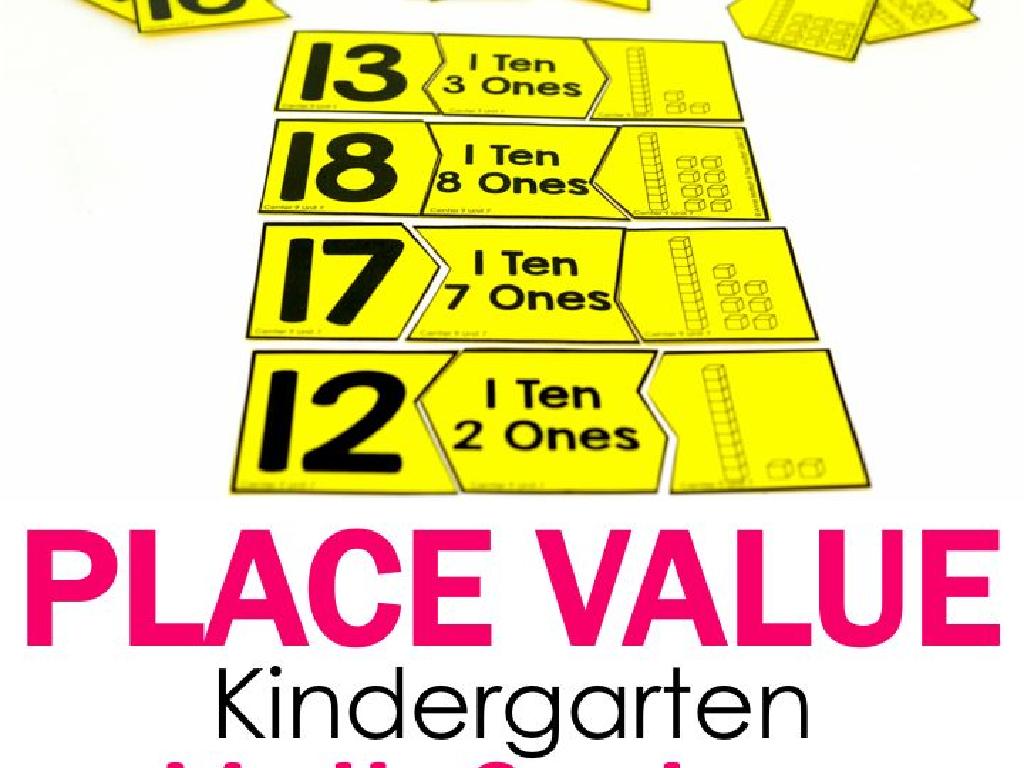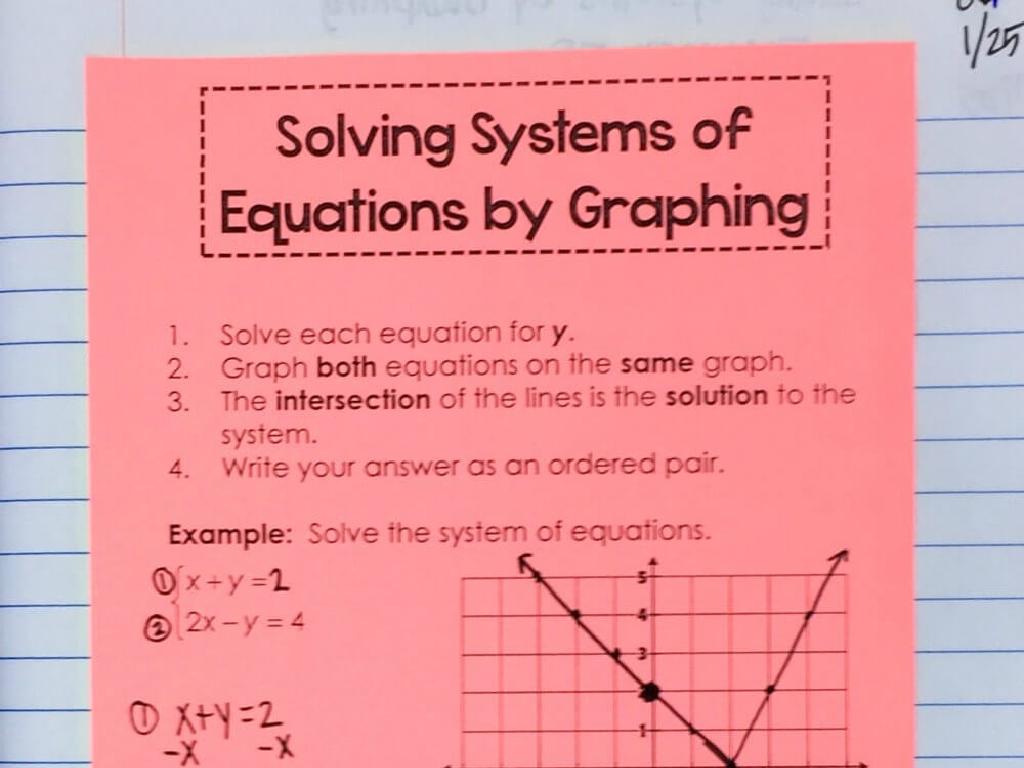What Will Happen Next?
Subject: Language arts
Grade: Kindergarten
Topic: Inference And Analysis
Please LOG IN to download the presentation. Access is available to registered users only.
View More Content
Welcome to Inference: Detective Readers
– Say ‘Good morning’ to everyone
– Today’s goal: Become detective readers
– Learn to guess what comes next
– Use clues in the story to predict
– Practice with a fun story
– We’ll read together and make guesses
|
Greet the class warmly to set a positive tone for the lesson. Explain that being a detective reader means looking for clues in the story that help us guess what will happen next. This skill is called making inferences. It’s like being a detective, but instead of solving a mystery, we’re predicting the story. Use a simple and engaging story as an example. Read it aloud and pause at key moments to ask the children what they think might happen next, discussing the clues that led them to their guesses. This interactive approach will help them understand the concept of inference and keep them engaged.
Being a Detective: Making Inferences
– Inference is detective work
– Think like a detective to understand stories
– Use story clues for guessing
– Clues are hints in the story that tell us more
– Combine clues with what you know
– Mix what the story says with what you already know
– Practice making smart guesses
– Let’s guess what might happen next in a story!
|
This slide introduces the concept of inference as a critical thinking skill for young students. Explain inference by comparing it to being a detective, which is a relatable and engaging analogy for Kindergarten children. Emphasize the importance of looking for clues in the story and using their own knowledge to make educated guesses about what could happen next. Encourage them to practice this skill by thinking about what might happen next in their favorite stories or during read-aloud sessions. This will help them become more active listeners and readers, enhancing their comprehension skills.
Using Our Imagination to Predict
– Making inferences with imagination
– Inferences are like using our superpower to guess what’s not written down!
– Think about story characters
– Who are they? What do they like? This helps us guess what they’ll do.
– Guess characters’ next actions
– If a character loves adventures, what do you think they will do next?
– Practice predicting story outcomes
– Let’s try to guess the ending of a story together!
|
This slide introduces the concept of making inferences as a way to engage with stories using imagination. Encourage the children to think about the characters in a story as if they were real people with likes and dislikes, which can help them predict what the characters will do next. Use a familiar story to the class and pause at a pivotal moment, asking the children to use their ‘superpower’ of imagination to infer what might happen next. This activity not only makes reading fun but also develops critical thinking and comprehension skills. Be prepared with a few stories to use as examples and guide the children through the process of making inferences.
Predicting Stories: Clues in Pictures
– Pictures help us guess the story
– Faces show characters’ feelings
– Happy, sad, scared? Feelings guide our guesses.
– Actions hint at what comes next
– Are they running, jumping, sitting? Imagine the next step.
– Let’s predict the next part!
|
This slide is aimed at helping Kindergarten students make predictions about a story using visual clues. Start by explaining how illustrations in a book can give us hints about the plot. Encourage the children to observe the characters’ facial expressions to gauge their emotions and guess how they might react in the story. Also, guide them to look at the characters’ actions to infer what might happen next. For example, if a character is shown with a ball, they might play a game next. Use a picture book as an example, ask the students what they see, and discuss their predictions. This activity will enhance their inference skills and make reading more interactive and enjoyable.
Guessing Game: What Happens Next?
– Stories give us word clues
– Words in a story help us guess the next part of the story.
– Listen to character clues
– The words tell us about who is in the story and what they are like.
– Words show place and time
– They also tell us where and when the story happens, which helps us make good guesses.
– Guessing what comes next
|
This slide is aimed at helping Kindergarten students understand how to use context clues from the words in a story to infer what might happen next. Emphasize the importance of paying attention to the words that describe characters, settings, and time, as these can provide significant hints about the direction of the story. During the lesson, read a story aloud and pause at key moments to ask the children what they think might happen next, guiding them to use the words they’ve heard to make predictions. This activity not only enhances their listening and inferential skills but also engages their imagination and encourages active participation.
Let’s Practice Together: Predicting the Story!
– I’ll read a story to the class
– We’ll pause to guess what comes next
– Think about the characters and what they might do
– Look and listen for story clues
– Clues can be in the pictures or the words
– Remember, every guess is great!
– Making guesses helps us think about the story
|
This interactive reading activity is designed to engage Kindergarten students in making predictions about a story, which is a key part of understanding narrative and developing inference skills. As you read the story aloud, periodically stop and ask the class what they think will happen next. Encourage them to look for contextual clues in the text and the illustrations. Reinforce that this is a safe space for sharing ideas and that all guesses are valued. This activity fosters critical thinking and active listening, and it’s important to provide positive feedback to all contributions to build confidence. Prepare a short, simple story with clear plot points and vivid illustrations to facilitate this activity.
Story Time: ‘The Little Seed’
– Read ‘The Little Seed’ together
– Predict the seed’s journey
– Will it grow into a flower or a tree?
– Search for story clues
– Look at the pictures and words for hints
– Discuss our findings
– Share what we think will happen next
|
This slide is designed to engage Kindergarten students in making predictions about the story ‘The Little Seed’. Start by reading the story aloud, encouraging active listening. Ask the children to guess what might happen to the seed as the story progresses, prompting them to use their imagination. Guide them to look for clues in the text and illustrations that might indicate the seed’s fate. After reading, have a discussion about their predictions and the clues they found that support their ideas. This activity helps develop critical thinking and analytical skills in young learners by using inference to predict outcomes.
Making Predictions with Seeds
– Observe the seed in the ground
– Predict seed’s changes with sunlight
– Will it grow? What do plants need to grow?
– Discuss our predictions together
– Share your ideas with the class!
– Check if our predictions come true
– We’ll watch the seed and see what happens
|
This slide is designed to engage Kindergarten students in making predictions about what will happen to a seed when the sun comes out. Start by showing them a picture of a seed in the ground and ask them to observe it closely. Then, encourage them to use their imagination and prior knowledge about plants to predict the changes that might occur when the seed is exposed to sunlight. Facilitate a class discussion where each student can share their prediction. This activity helps develop critical thinking and understanding of the natural world. After making predictions, plan to observe an actual seed in class over time to see if their predictions come true, reinforcing the concept of cause and effect.
Super Sleuths of Storytime!
– Celebrating our inference skills
– Kindergarten detective readers
– You’ve all done a fantastic job like detectives finding clues in stories!
– Clues help us predict stories
– Just like detectives use evidence, we use story clues to make good guesses.
– Keep guessing ‘What’s next?’
|
This slide is meant to wrap up the lesson on making inferences and to praise the students for their efforts in becoming ‘detective readers.’ It’s important to reinforce the concept that they can use clues from the stories to make predictions about what will happen next. Encourage them to continue practicing this skill by looking for clues in every story they read or hear. This will not only improve their inferencing skills but also enhance their overall comprehension and enjoyment of reading. For the next class, consider bringing in a mystery story or creating an interactive game where students can use clues to predict outcomes.
Story Drawing: Imagine the Ending!
– Let’s draw the story’s ending
– Imagine what happens next
– Think about the characters and where they are
– Create your picture
– Use colors and shapes to show your ideas
– Share with the class
– Tell us about your drawing and why you think that’s what happens next
|
This activity is designed to foster creativity and develop inference skills in young learners. Encourage the children to think about the story they’ve heard and use their imagination to come up with an ending. Provide them with drawing materials and let them express their ideas visually. Once everyone is done, create a sharing circle where each child can present their artwork and explain the reasoning behind their inferred ending. This will not only help them understand the concept of inference but also boost their confidence in storytelling and public speaking. Offer guidance and praise to ensure a positive learning experience for all.






